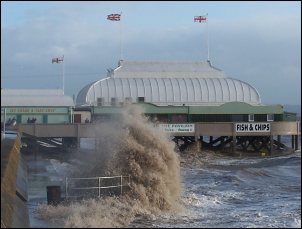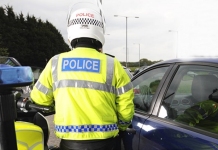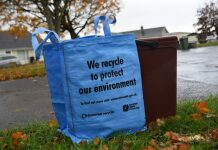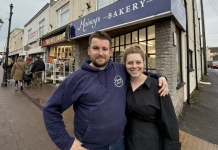Burnham-On-Sea Flood Advice and News
Why Burnham-On-Sea, Brean and Highbridge are at risk from flooding
Flooding in Bunham-On-SeaBurnham-On-Sea, Brean and Highbridge are all located on the Somerset coast north of the River Parrett estuary and are at risk from extreme tidal flood events.
The area has a history of flooding with significant events occurring in 1859, 1903, 1910, 1926 and 1981 when considerable damage was caused.
There is a flood defence scheme present along the coast protecting Burnham, Brean and Highbridge. These defences follow the line of the coast and will protect Burnham, Brean and Highbridge from most floods, however the Environment Agency admits there remains a possibility that extreme severe flood events could overtop or breach the flood defences and flood the areas behind them. If this were to occur, several thousand properties may be affected. No defence can give absolute protection; it can only reduce the risk of flooding.
The Flood Warning System for Burnham-On-Sea, Brean and Highbridge
The flood warning service is run by the Environment Agency. It warns of the risk of flooding from the flood banks and walls overtopping, but it cannot warn for surface water flooding due to localised blocked drains.
Warnings for Burnham-On-Sea, Brean and Highbridge are based on tide levels monitored at the Hinkley Point tide gauge.
Warnings to the public at risk
The Environment Agency says a flood warning will be issued to properties at risk of flooding using loud hailers when there is a strong likelihood that the flood banks or walls will overtop. The Environment Agency says it aims to issue the public warning at least two hours prior to the expected onset of flooding.
Warnings will be broadcast by local radio, TV and via Burnham-On-Sea.com, although the effectiveness of these will depend on the time of day and the effects on local infrastructure.
Warnings to emergency services and local authorities
The Environment Agency will alert local authorities and the emergency services when there is a possibility of the flood banks or walls overtopping. This notification will be in advance of a public warning being issued and will enable these services to make preparations for dealing with a possible flood.
Such alerts may not be followed by a public warning being issued. On some occasions, tide levels will begin to fall and a public warning will not be necessary.
Possibility of false warnings
Flood warning is not an exact science. In deciding when to issue a flood warning, the Environment Agency has to balance the need for giving the public sufficient time to protect their property versus the need to reduce the possibility of issuing false alarms. Public warnings will only be issued as a result of very severe weather conditions and strong indications that the flood banks or walls will overtop.
 What should householders who live in the flood risk area do?
What should householders who live in the flood risk area do?
Insurance: Check that your household contents and buildings insurance covers you against flooding. One of the greatest causes of stress experienced by people who have been flooded is lack of adequate insurance. Research has shown that about 20% of properties are inadequately insured.
What do you value? Assess what belongings, furniture and fittings may be at risk on the ground floor. Consider what damage might be done and whether it would be possible to move items to prevent damage. You may decide to store certain items of sentimental value and important documents upstairs. Decide what is important to you and have a plan of action which you could reasonably undertake.
Sandbags: Sedgemoor District Council provides limited quanties of sandbags to each property, free of charge, to domestic properties in limited circumstances where it is determined that there is an imminent risk of flooding to domestic property. However, householders who are concerned that their properties may be at risk of flooding are advised to purchase their own sandbags or consider other flood prevention measures. Sandbags are available from builders merchants.
If there were a major coastal breach, sandbags would be of limited use, and the situation would be classed as an emergency – for which a local Flood Warning and Response Plan Emergency Plan exists which has been prepared by a partnership of all local authorities (the Somerset Local Authorities Civil Contingencies Unit).
What to do if a flood warning is issued:
- Act promptly
- Alert neighbours and assist the elderly or infirm
- Move people, pets and valuables to safety
- Have spare warm clothing, a torch, a battery powered radio and water proofs to hand
- Keep up to date with flood warning information on local radio
- Put flood boards in place or contact the local council who will be able to help you
- locate a supply of sandbags
- Switch off gas and electricity supplies if flooding is imminent
- Do not enter deep or fast flowing water
- Take police advice on the need to evacuate
If flooding has occurred:
- Do not eat food which has been in contact with floodwater
- Check gas, electricity and water supplies and equipment for safety before use
- Contact your insurers
- Ventilate your property – less damp means less damage
- Avoid contact with floodwater – it may be contaminated
- Beware rogue repairmen or traders who may visit after a flood
For more information, call the Environment Agency Floodline on 0845 988 1188.
















